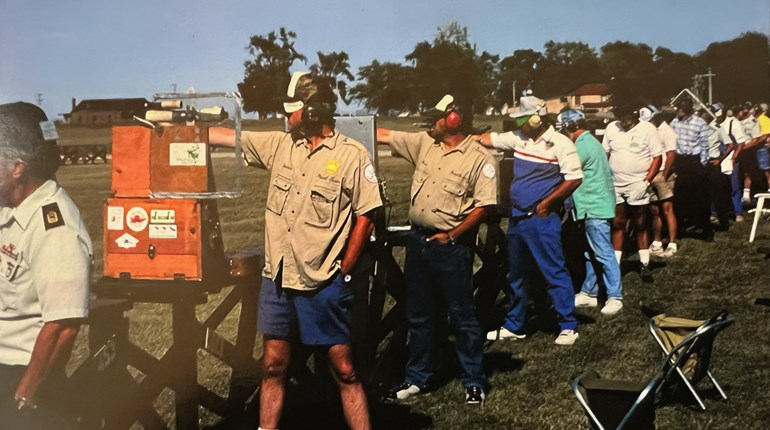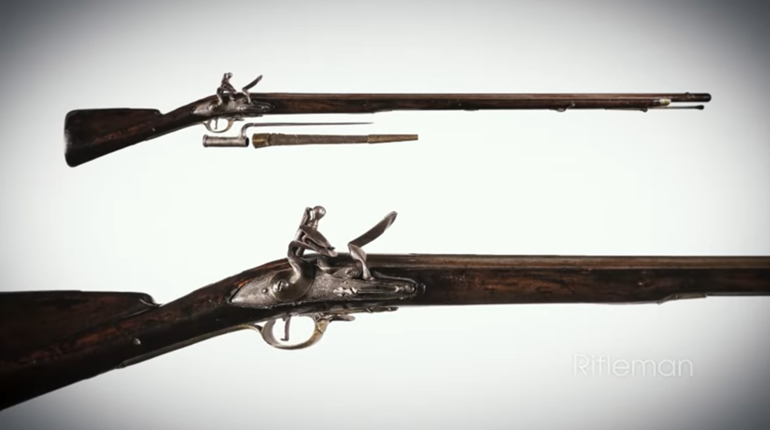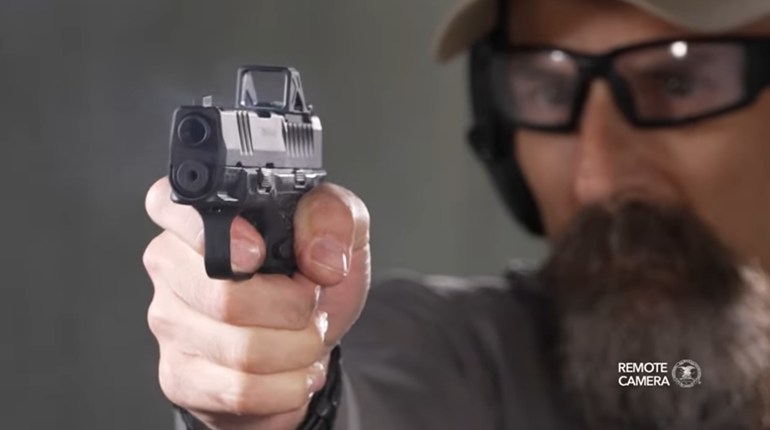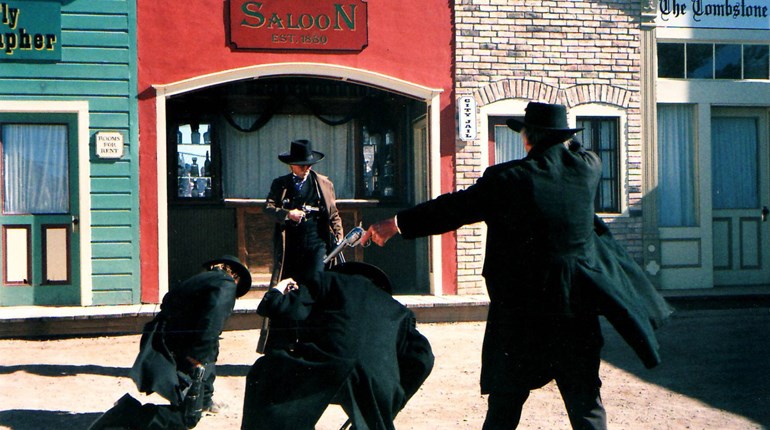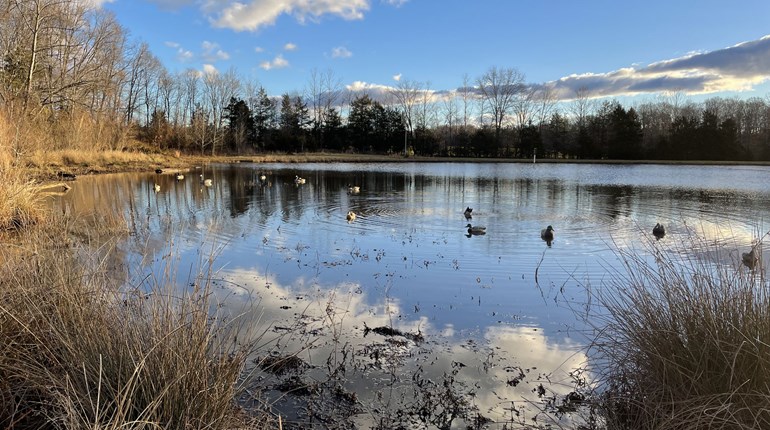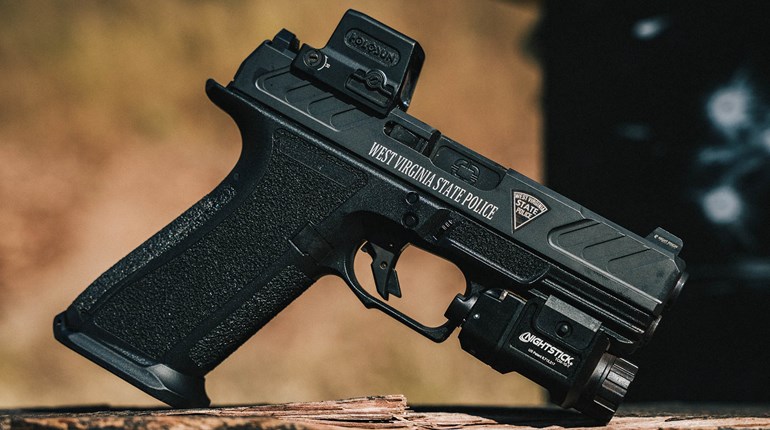Things were very different during the late 19th century than they are now. Once upon a time, hunting tigers while riding elephants was de rigeur among the British aristocracy. As you can no doubt guess, the tiger was (and still would be, if they were still being legally hunted) quite possibly the most dangerous game alive. A Bengal tiger can weigh up to 500 pounds, can clear 10 yards in a single bound, and is absolutely unmatched in ferocity. There's a reason "fight like a tiger" became part of English idiom! So what sort of firearm might your average British gent need for such hunting?
Victorian-era tiger hunters elected to use double rifles that were chambered for powerful cartridges. Although "repeating rifles" did exist, a failure-to-feed incident with one could prove fatal to a hunter who was facing down a wounded, angry tiger. It was (and still is, by some) considered safer to use a double-barrel. The shooter only got one follow-up shot, but it was certain to fire.
As for caliber, when it came to tigers, you really needed something that started with a "5." Today we're featuring one such rifle, produced by J. Woodward & Sons of London. Notes American Rifleman Field Editor Garry James, " The double rifle we're looking at today is a .500 3". Now .500 3" was suitable for tiger and some of the heavier plains game. It was a very, very popular round. There were a number of other .500 caliber rounds, .500 3 1/4", .500 3 1/2". This particular one fired about a 340-grain bullet with about 135 grains of powder. Gave you a substantial 2,000 plus foot-pounds of power out of a blackpowder round. This was called an 'express round.'"
Travel back in time with our friends at American Rifleman to the era of howdahs and double rifles, the trumpeting of elephants, and the echoing roar of the tiger with this great video!

